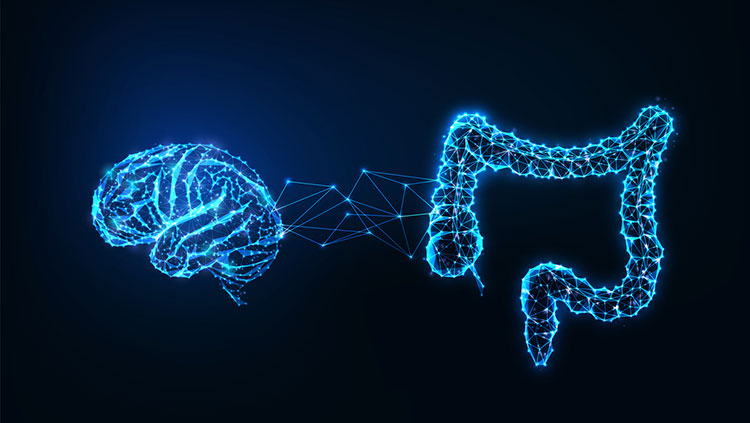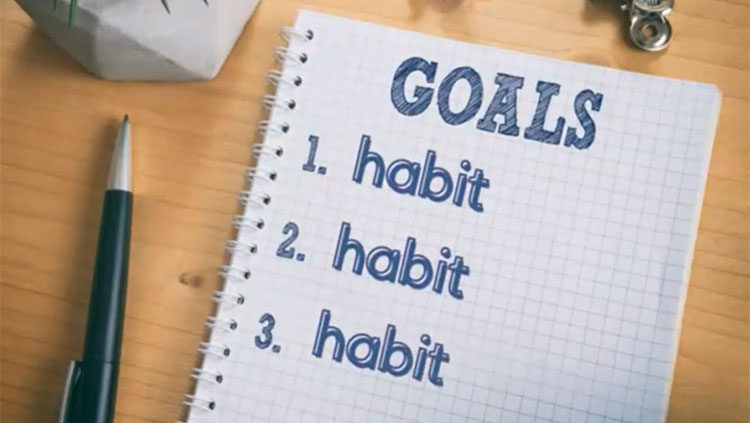Oreo Cookies: Why It's Hard to Stop With One
- Published25 Oct 2021
- Source BrainFacts/SfN
In a small study in 2013, researchers fed rats Oreo cookies. The rats loved them. In fact, they reacted to Oreos the same way they reacted to cocaine. That’s because eating tasty food activates the brain’s reward system.
This is a video from the 2021 Brain Awareness Video Contest.
Created by Claris Winston.
CONTENT PROVIDED BY
BrainFacts/SfN
Transcript
You’ve probably heard of the story, “If You Give a Mouse a Cookie” by Laura Numeroff. But, if you give a mouse an Oreo cookie, that sandwich cookie consisting of two chocolate wafers with cream in the middle, will it ask for more?
In a small research study in 2013, rats were given Oreo cookies — and just like people, they loved them. In fact, the rats had a similar response to the Oreo cookies as they had to other drugs such as cocaine.
But what makes them so good? What exactly makes people crave for Oreo cookies and other sugary, fatty foods? When we perform pleasurable activities, including eating palatable foods such as Oreo cookies, a reward system is kicked off in the brain. This includes dopamine neurotransmitters getting released in the brain.
Neurotransmitters are chemical messengers that are sent from neuron to neuron, and dopamine is a type of neurotransmitter that’s released when we do things we associate with pleasure. As this reward system is triggered more and more times by palatable food, the brain may realize that the levels of dopamine are too high at a moment. As a result, it may remove some dopamine receptors to keep things balanced.
However, this can cause people to have to eat more of that food to achieve the same level of dopamine activation, and hence the same amount of pleasure as before. And this is probably why the rats in the Oreo cookie experiment reacted so similarly to how they reacted to other drugs.
While dopamine definitely plays a huge role in food reward and cravings, there’s actually a lot more that goes on behind the scenes than just dopamine release and how we get those feelings of, “I really want to eat that.”
First, there’s the limbic system, which is a group of brain structures that control emotion and memory. Several of the limbic brain regions, including the nucleus accumbens, the amygdala, the hippocampus, and the hypothalamus are highly responsible for food cravings.
The nucleus accumbens is stimulated when eating sugary or fatty foods. This was the region that was activated the most in the Oreo cookie and rats’ experiment. The amygdala and hippocampus are also important here, as they are involved in building emotional associations with food. Building positive associations with food can cause us to crave for it. The hypothalamus along with the neurotransmitter systems, such as dopamine, seem to give us the rewarding feeling of eating.
Then, there’s also the gut-brain axis. It turns out, the gut kind of has a “second brain”, the enteric nervous system. The enteric nervous system is part of the autonomic nervous system: it acts involuntarily. The enteric nervous system consists of many neurons, and controls functions in the gastrointestinal tract. It’s connected to the brain via the gut-brain axis, which primarily consists of the vagus nerve. This highway of connected neurons allows for signals to be transmitted across this pathway.
Some research has also demonstrated that the bacteria in the gut can influence why we crave certain foods by in a sense “hijacking” the nervous system through the gut-brain axis. Evidence suggests that increased activity of this axis resulted in unrestrained craving for certain foods.
So going back to Laura’s story — if you give the mouse a cookie, he will ask for some milk. No, actually, if you give the mouse a cookie, he will ask for another Oreo cookie and hopefully this video tells you why.

















